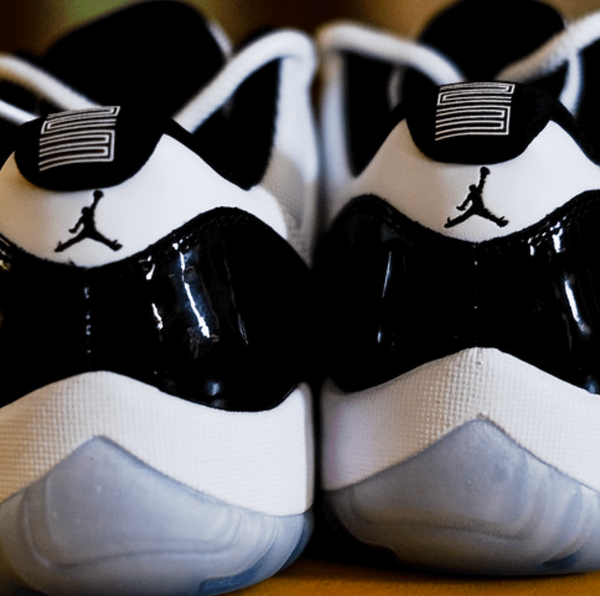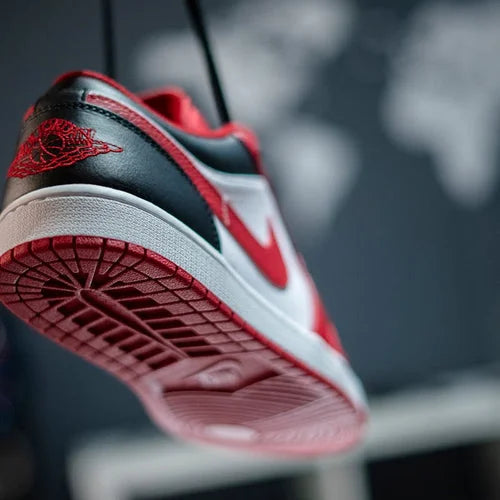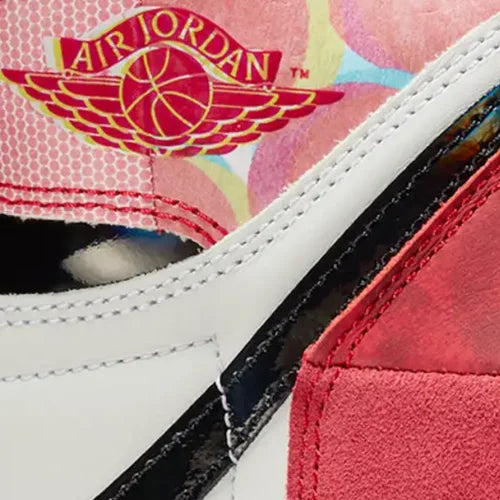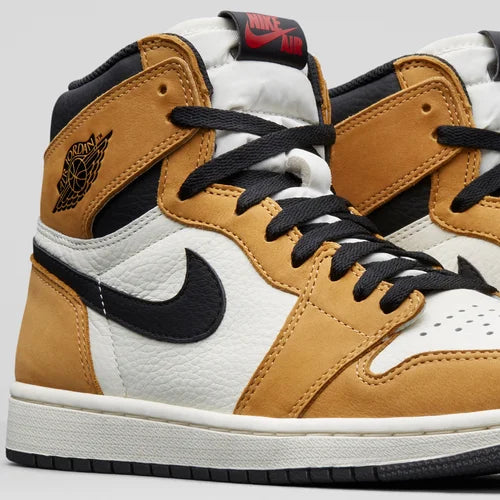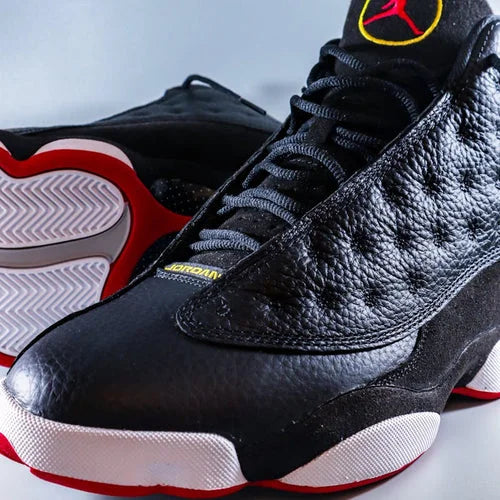How To Spot Fake Jordan 1 Shattered Backboard 3.0

The Jordan 1 Shattered Backboard 3.0 is a popular model, which means it’s often copied. If you want to make sure your Jordans are 100% authentic, this guide is for you!
If you still have doubts after reading this, we’re here to help. We offer a professional legit check service that includes a thorough authentication and a certificate confirming whether your shoes are genuine.
Table of Contents
[ open ]Check the Overall Shape and Structure
The first thing that comes to mind when you think of Jordans is their signature shape. Let’s start by checking the overall shape of your Jordan 1 Shattered Backboard 3.0.
First, ensure the materials are high-quality. You’ll need to see and feel them in person. The leather should be glossy and pleasant to touch, without any factory smells. This model features crinkled patent leather, representing shattered glass, so expect some wrinkles rather than a completely smooth surface.
Next, pay attention to the Swoosh and its placement on the shoe. We’ll go into more detail about this shortly, but for now, note that the fake Swoosh is thinner.

Inspect the Swoosh Shape and Placement
Now, let’s take a closer look at the Swoosh.
The shape of the Swoosh is unique and hard to replicate. It should be curved with a narrow, pointed tip. The fake version often gets this wrong, with a dull tip and an overly pronounced curve. Plus, as mentioned earlier, the Swoosh on the fake shoe is too narrow.
Finally, check the placement of the Swoosh. It seems the manufacturers might have positioned it too high on the shoe.

Analyze the Size Tag for Font and Layout Flaws
The size tag is often overlooked by counterfeit manufacturers due to its small text. This makes it easier to spot common mistakes on most replicas.
First, the text on fake tags tends to be fuzzy and hard to read. You should easily confirm this by checking the “XC” letters in the top right corner of the tag.
Next, make sure the dimensions of the tag are correct. It often appears slightly wider than the authentic version.

Examine the Air Jordan Wings Logo Details
Now, let’s examine the famous wings logo closely. The differences may seem minor at first, but even small details can affect the authenticity of your Jordan 1 Shattered Backboard 3.0.
Check the stitching around the logo. On fake pairs, the stitches are often larger and messier, which raises suspicion.
Also, look at the dividers between the wing parts. They should be clearly outlined on the original, but fakes often look less defined.
Finally, inspect the Air Jordan text. The letters are usually thinner and slightly shorter in height, especially the word “Air.” The “O” may also appear uneven, with one side looking wider than the other.
Read Next: Real vs.Fake Off White Jordan 5 Black

Have you authenticated your Jordan 1 SBB yet? If not, don’t stress, our fast and reliable Air Jordan legit check service is here for you! Don’t just take our word for it, check the review page for some reviews from our many satisfied users.
Review the Nike Air Tongue Tag Stitching and Font
When examining the tongue tag, focus on the font, as it can reveal even high-quality replicas.
Pay attention to the spacing between the letters, especially in the word "Nike." The spaces are often wider than they should be, and the letters are generally thinner. This is especially noticeable with the letter "I."
Another helpful detail for authenticating your Jordan 1 Shattered Backboard 3.0 is the ® trademark sign. On fake tags, this small symbol is often poorly stitched and can look unclear.

Verify the Signature Hourglass Heel Shape
Next, let’s look at the heel. The key feature here is its hourglass shape, which should be thinner in the center and thicker at the top and bottom.
Also, the authentic shoe tends to be slightly taller. You can see this by comparing the black patent leather heel tab at the top of the shoe. The genuine heel tab is larger and taller than on the fake pair.

Look Inside the Footbed for Stitching Accuracy
Your next step is to check the footbed. Remove the insole from your shoe and inspect the stitching underneath.
The stitching on authentic pairs should be dense and uniform. In the comparison below, you’ll notice that the stitching on replicas often looks thinner and less consistent.
Additionally, the sewing on fakes may appear rough and uneven. Authentic pairs have stitches that vary in size but are evenly distributed across the footbed.
Read Next: How To Spot Fake Jordan 1s

Compare the Shoe Box Label Fonts and Print Quality
The last step is to check the shoe box label.
Focus on the text style. On the fake Jordan 1 Shattered Backboard 3.0 box, the font is slightly larger and thinner.
The letters also appear paler and washed out. Pay special attention to the size text, especially the USA sizing; the letters here are noticeably shorter in width.

Final Thoughts: How to Avoid Fakes
Top signs if a fake Jordan 1 Shattered Backboard 3.0 pair:
- Swoosh looks too thin or oddly curved
- Glossy patent leather feels overly plastic or has a strong chemical smell
- Wings logo lacks sharp detail or clean stitching
- Tongue tag has uneven spacing or a blurry ® trademark
- Heel shape is straight instead of hourglass-shaped
- Footbed stitching is messy, uneven, or sparse
- Size tag has fuzzy, unreadable text
- Shoe box label has pale, oversized fonts or incorrect sizing text
This concludes our tutorial. If you have any doubts about the authenticity of your sneakers, feel free to reach out! Our team of professionals is ready to help you authenticate any brand item.
